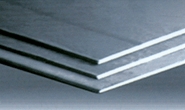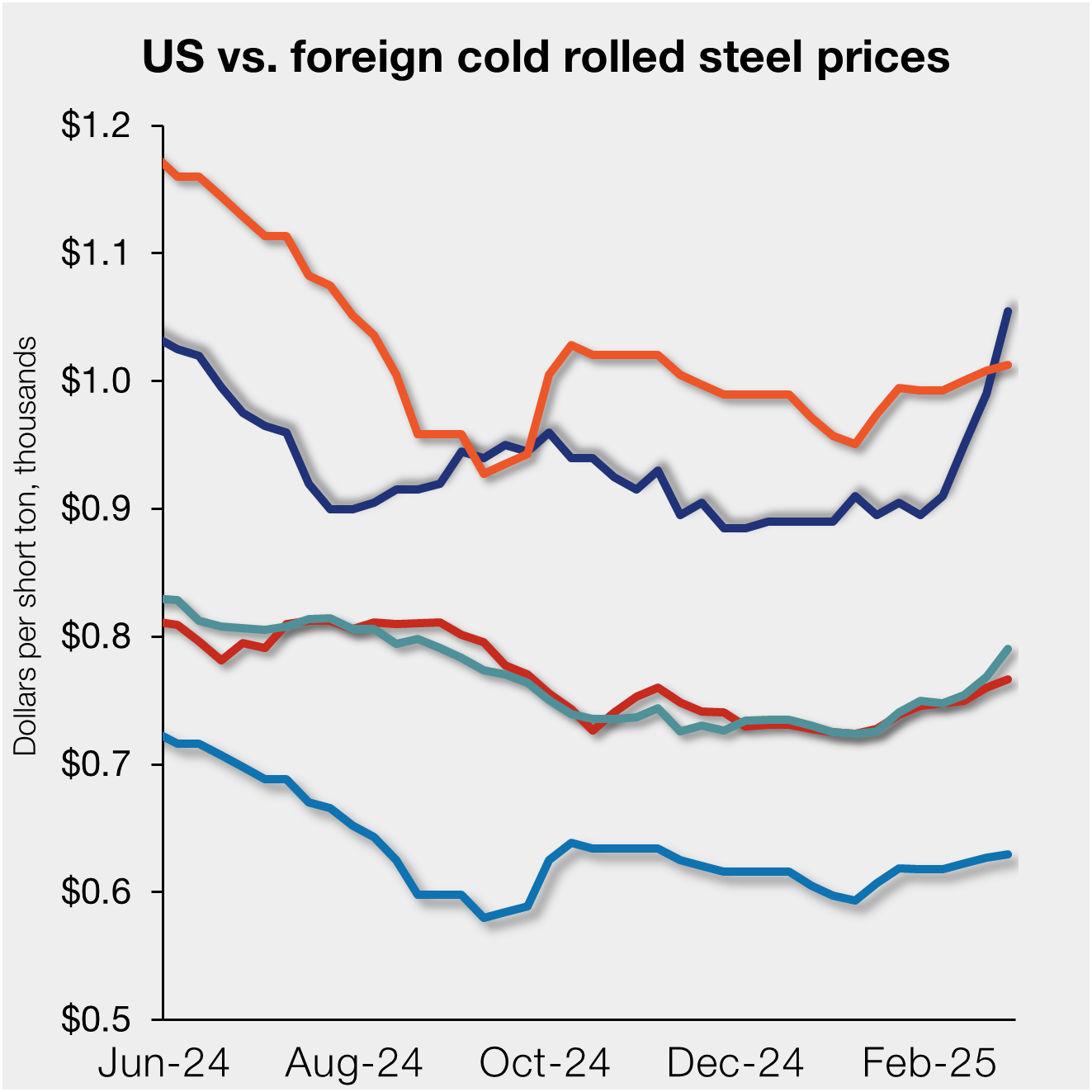Steel Products Prices North America

Plate Markets Buck Hot Rolled Trend
Written by John Packard
September 13, 2018
Both the plate mills and their customers are advising Steel Market Update that, unlike the hot rolled markets, the plate markets are hot and are expected to continue to be hot for some time to come. The plate mills continue to be on “controlled order entry” (allocation) and all of the mills are struggling to deliver orders on time. Demand is strong and most of the plate end markets are firing on all cylinders: energy, rail cars, heavy equipment, transportation, barges and ships.
The higher prices are not driving buyers out of the market. Demand for plate is driving buyers into the market and keeping prices high. We learned that a number of large energy projects using hundreds of thousands of tons of plate have placed orders over the past few months. This includes the Gray Oak Pipeline (and related storage facilities), as well as a recent Kinder Morgan $2 billion pipeline project transporting natural gas from the Permian Basin to the Gulf Coast and Mexican markets.
One plate mill told us that the steel buyers who are expecting plate prices to move in tandem with the hot rolled market are going to be disappointed. “We are in a very robust market,” one mill told SMU earlier today, “End-user demand has the plate markets lined up differently than the hot rolled coil markets.” The HRC buyers are “emotionally driven” and not looking at the fundamentals for the plate market.
Plate Market Drivers:
Inventories:–One large service center reported holes developing at their competitors and their expectation is for that to intensify over the next four weeks. Inventories are tight due to:
- Q3 mill allocations were smaller than what the buyers wanted, which will ultimately translate into less inventory at the service centers by the end of Q3.
- Mill outages, although most are scheduled as normal at this time of year, will not provide any extra inventory in the market during late September and early October.
- Steel mills have been delinquent on shipments (one service center executive told us, “…even SSAB, which is very unusual.”) Q4 is forecast to be a “mess” as mills try to play catch-up.
Price Drivers and Supply:
Obviously, the Section 232 tariff has boosted plate prices, just as it has with flat rolled products. However, the anti-dumping and countervailing duty rulings at the beginning of 2018 knocked some suppliers out of the market prior to 232’s being announced. The steel mills and a number of the distributors are telling SMU that elimination of the tariff on plate wouldn’t have any impact on demand.
The expectation is for new supply to hit the market, probably in 2019, from Korea and the Ukraine. Plate distributors expect the government to relax Section 232 tariffs on Europe, Mexico and Canada (maybe replaced with quotas). The question is when and what will the quotas look like?
Spot resale pricing is an issue that is dependent on the region of the country where you reside. One of the mills told me the highest prices were being collected in the energy areas of Texas and Oklahoma. A large service center told us the general A36 market has been selling product at $53.00/cwt ($1,060 per ton) FOB the warehouse holding the material. We were told A572-50 is scarce in the market and distributors are achieving a $3.00/cwt-$4.00/cwt ($60-$80 per ton) premium in most markets.
Both plate distributors and the plate mills we spoke with today pegged the average plate spot price to be $960-$1,000 per ton for November orders (December is not yet open). We were reminded by one mill that when mills are on allocation, it is the first week to ten days from the time of the opening of their order books when most spot orders are placed. After that time, the spot orders that are taken tend to be outliers (much higher or much lower) due to the particular circumstances associated with the spot order being taken.
Two Potential Negatives:
The president of one of the large plate service centers told SMU he is concerned about President Trump following through on some of the downstream imports using Section 301 as the hammer. “Demand has also been generally very good and nearly every customer we speak with is predicting a strong short/mid-term. We hope that comes to fruition of course but fear they may be the last to know in some respects. Section 301 is the one we are watching more closely as we do unfortunately feel it will negatively affect many of our job shops and various other customers in the mid/long-term. Bottom line is, the demand that’s out there coupled with limited imports have resulted in a seller’s market, at least from a mill perspective.”
Also, there are some plate distributors (most also handling hot rolled coil) who are selling plate at low resale prices. “So, while many are flushing inventory as fast as they get it, they are begging mills for more allocation at the same time. As my kids would say, smh.”
December order books are not yet open. Distributors and mills are advising SMU that “everyone is still on allocation.”

John Packard
Read more from John PackardLatest in Steel Products Prices North America

Nucor slows HRC price climb with $5/ton increase
After eight weeks of double-digit price increases on hot-rolled (HR) coil, Nucor slowed the price rise this week with an increase of $5 per short ton.

Domestic CRC prices surge ahead of imports
The price spread between stateside-produced CR and imports reached its widest margin in over a year.

Evraz raises plate prices $160/ton
Evraz North America (NA) has followed Nucor and SSAB with a plate price increase of its own: up $160 per short ton (st). The increase was effective immediately for all new orders of carbon, high-strength low-alloy, and normalized and quenched-and-tempered plate products, as well as for hot-rolled coil, the steelmaker said in a letter to […]

Nucor lifts HR coil to $820/ton
Nucor has increased its consumer spot price (CSP) for hot-rolled (HR) coil for a fourth consecutive week.

Nucor pushes HR spot price to $790/ton
Nucor increased its consumer spot price (CSP) for hot-rolled (HR) coil to $790 per short ton (st) on Monday, Feb. 10 – a $15/st bump vs. last week. The Charlotte, N.C.-based company has raised its weekly CSP by $40/st over the past three weeks after maintaining tags at $750/st since Nov. 12, according to SMU’s […]
